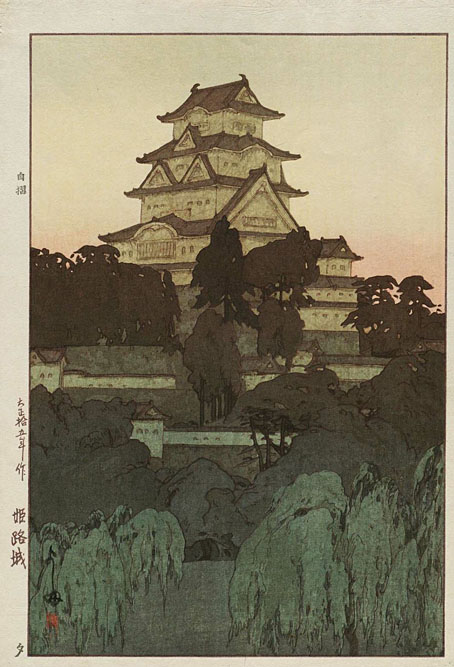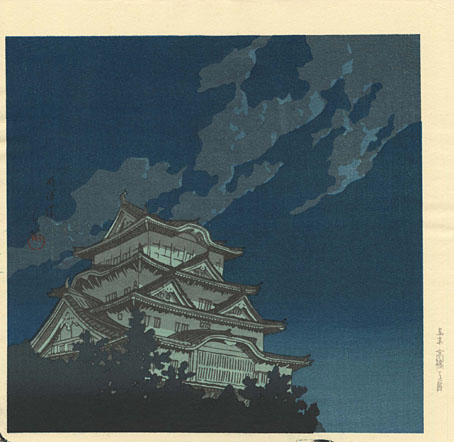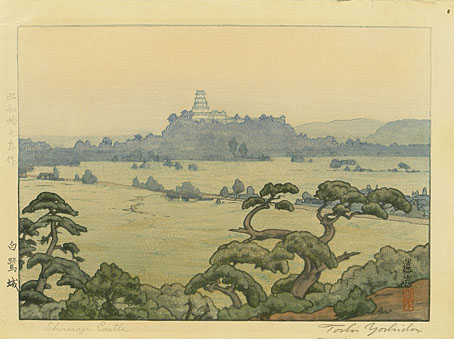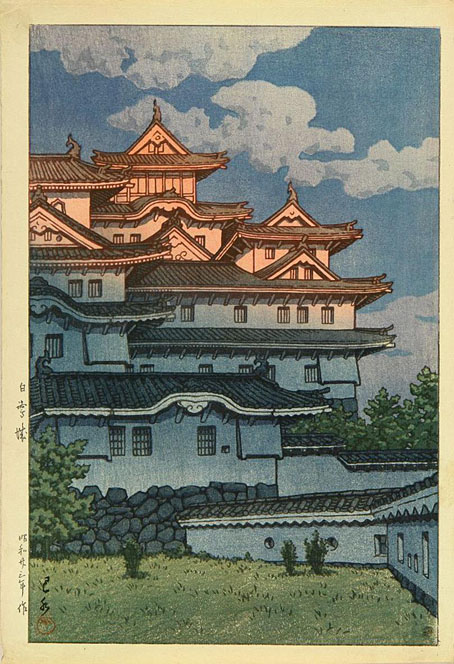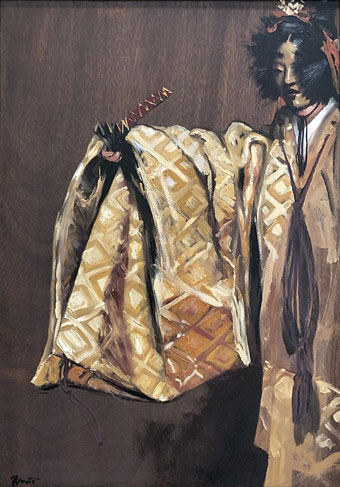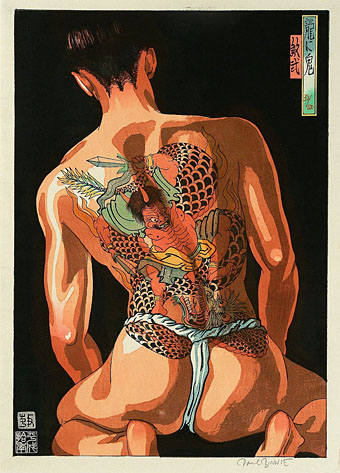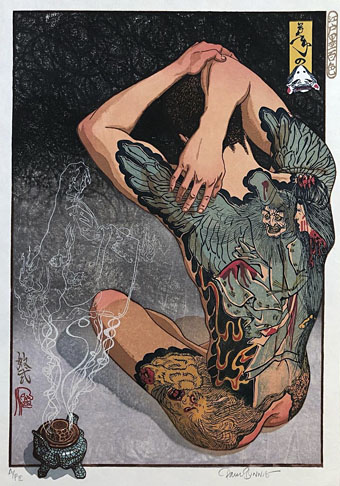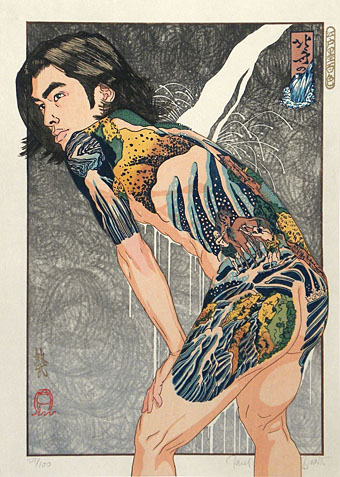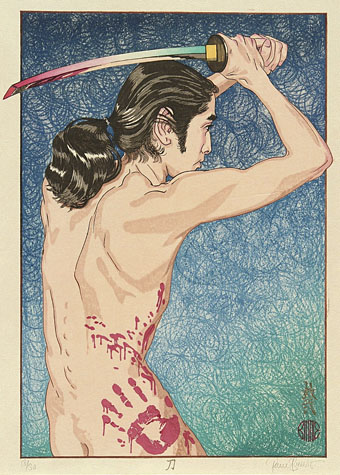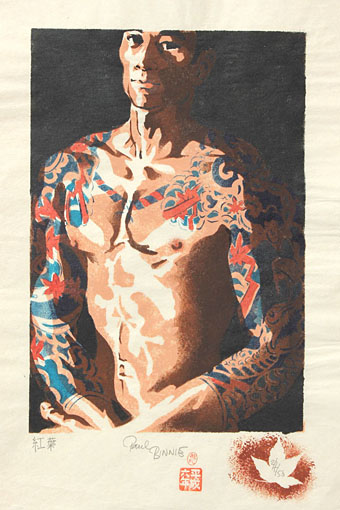Ushiwakamaru and Benkei (2015) by Paul Binnie.
• “Gohatto depicts homosexuality within a very specific subset of society. Kubi explores further than that, depicting homosexuality between equals, and between bosses and subordinates. It tries to depict the relationship between power and authority, and how sexuality is used to maintain that authority.” Takeshi Kitano talking about Kubi, his film about sex among the samurai, which is receiving a belated release in the UK.
• “De Rome later said he’d never felt persecuted for his sexuality, and it’s this sense of the carefree that’s reflected in the lightness of his filmmaking.” Luke Turner on Peter De Rome’s homoerotic films which are currently being screened at the Barbican, London.
• At Public Domain Review: Helen Haiman Joseph’s A Book of Marionettes (1920), “The first comprehensive history of marionette artistry in the English language.”
• Mixes of the week: Isolatedmix 132: Psilocybin Therapy Protocol v1.22a by Matt Xavier, and DreamScenes – June 2025 at Ambientblog.
• At Sight and Sound: Backwards through the backwoods: music editors Dean Hurley and Lori Eschler on David Lynch and Twin Peaks.
• Dennis Cooper’s favourite fiction, poetry, non-fiction, film, art, and internet of 2025 so far. Thanks again for the link here!
• New music: Interior of an Edifice Under the Sea by Pan American & Kramer, and Modulations IV by Ian Boddy.
• At The Quietus: Peer Review: Peter Strickland interviews Cosey Fanni Tutti…and vice versa.
• Cosmic Dawn: A feature-length NASA documentary about the James Webb Space Telescope.
• RIP Sly Stone and Brian Wilson.
• Les Marionnettes (1991) by Zbigniew Preisner | Sword Of The Samurai (2006) by Lisa Gerrard | Seven Samurai (Ending Theme) (2012) by Ryuichi Sakamoto


